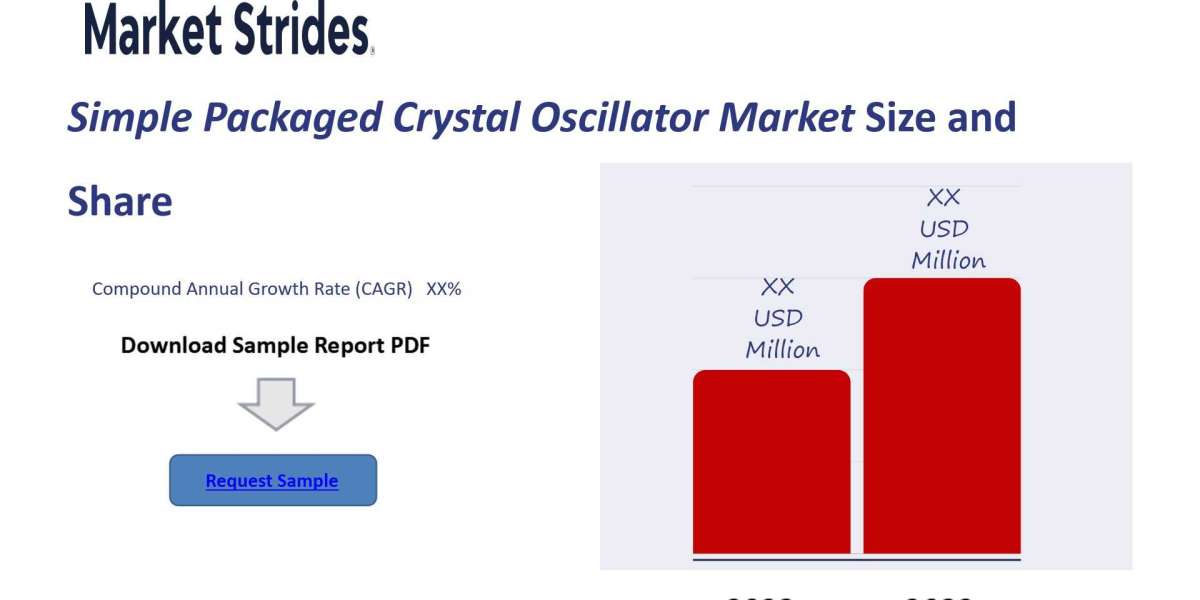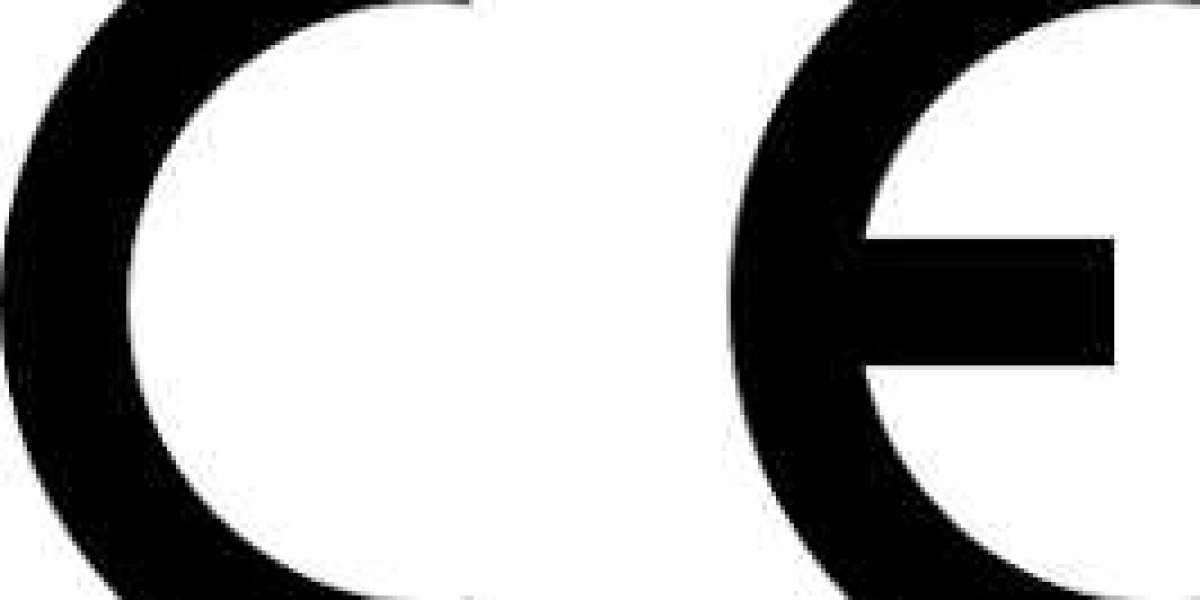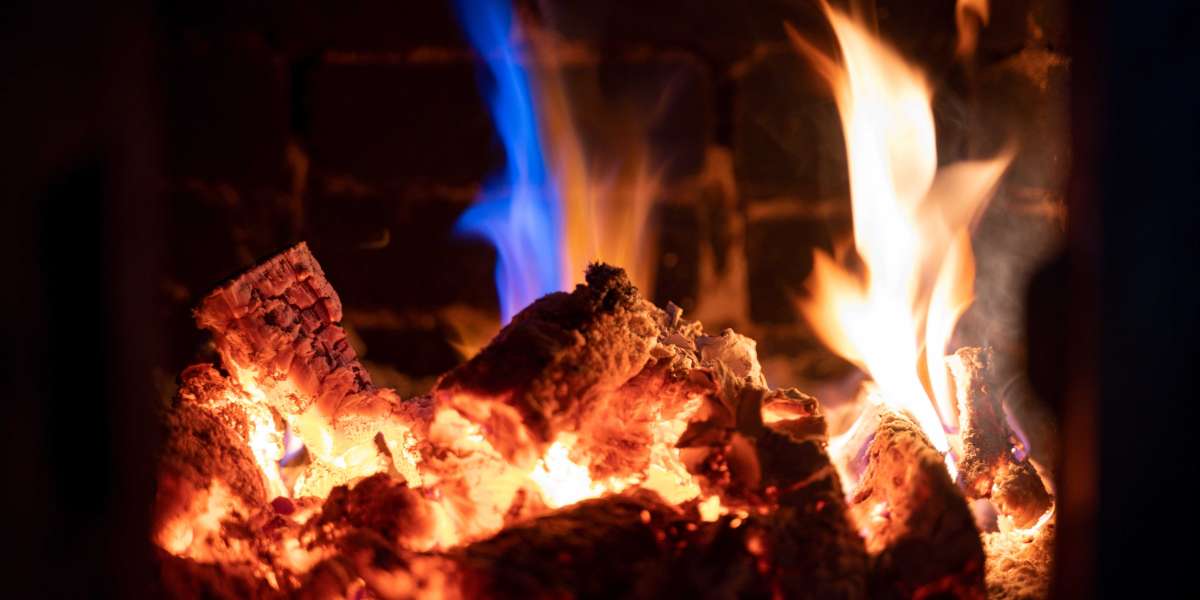In South Africa, a global mining powerhouse, rock bolts and shotcrete suppliers like Altecrete are essential for ensuring structural integrity in underground and construction environments. Rock bolts anchor unstable rock masses, while shotcrete suppliers provide sprayed concrete to reinforce surfaces—together stabilizing mines and infrastructure. This article explores their development, technical specifications, applications, and synergistic benefits in a South African context, concluding with a detailed FAQ.
Rock Bolt: Anchoring Underground Safety
Historical Development
Rock bolts originated in the late 19th century, with early use in European tunnels, evolving into a mining standard by the 1940s. In South Africa, their adoption surged during the mid-20th-century gold and platinum booms, addressing the need to secure deep, seismically active excavations. Altecrete’s offerings reflect decades of refinement for the country’s challenging geological conditions.
Technical Specifications
Rock bolts are steel rods—typically 16-25mm in diameter, 1-3m long—installed into drilled holes and secured with mechanical anchors, resin, or cement grout. Tensile strength ranges from 200-500 kN, depending on type: split-set, resin-anchored, or cable bolts. Altecrete supplies these at R100-R500 per unit, varying by length and anchoring method, with installation requiring pneumatic drills and grout pumps.
Applications
Rock bolts stabilize underground structures. In a Gauteng gold mine, Altecrete installs 2m resin-anchored bolts into a tunnel roof—securing loose rock within hours, preventing collapses and ensuring miner safety. Their versatility suits stopes, shafts, and galleries, critical in South Africa’s deep-level mining where seismic risks are high. Altecrete’s supply supports rapid deployment for operational continuity.
Shotcrete Supplier: Surface Reinforcement Expertise
Historical Development
Shotcrete suppliers trace their roots to Carl Akeley’s 1911 "cement gun," with shotcrete becoming a mining and construction staple by the 1950s. In South Africa, suppliers like Altecrete emerged during the 1970s infrastructure boom, supporting mines and civil projects with sprayed concrete. Their role has grown with demand for fast, durable reinforcement in a resource-driven economy.
Technical Specifications
Shotcrete is a wet or dry mix—cement, aggregates, water, additives (e.g., fibers, accelerators)—sprayed at 20-30 m/s, achieving 20-50 MPa compressive strength. Wet-mix offers 5-15 m³/hour output, applied in 50-200mm layers; dry-mix suits remote sites at 2-10 m³/hour. Altecrete supplies mixes at R500-R2000/m³, including delivery and equipment like pumps or robotic sprayers, tailored to project needs.
Applications
Shotcrete reinforces surfaces effectively. In a Limpopo platinum mine, Altecrete supplies wet-mix shotcrete—sprayed 100mm thick onto a stope wall, it cures in hours, stabilizing rock and reducing fall risks. In a Cape Town tunnel, 150mm layers enhance structural durability. Altecrete’s supply chain ensures South African projects receive consistent, high-quality concrete for safety and longevity.
Historical Context: Stabilization in South Africa
Rock bolts became critical in the 1940s, supporting South Africa’s deep mining expansion as gold and platinum extraction intensified. Shotcrete suppliers rose in the 1950s, with broader use by the 1970s for mining and infrastructure, driven by urbanization and safety needs. Altecrete’s dual role reflects a century of adapting these technologies to South Africa’s geological and industrial demands.
Practical Applications: Real-World Impact
In a Mpumalanga coal mine, Altecrete installs 1.5m rock bolts and sprays 75mm shotcrete—bolts anchor the roof, shotcrete seals the walls, completed in days, enhancing stability. In a Johannesburg civil tunnel, bolts secure fractures, and shotcrete adds 120mm of reinforcement—finished in a week. South African examples—from mines to infrastructure—showcase Altecrete’s integrated solutions for robust support.
Rock Bolt vs. Shotcrete Supplier: Anchoring vs. Coating
Rock bolts (R100-R500/unit) anchor rock—200-500 kN strength, 1-3m depth—for targeted stability; they’re precise, installed individually. Shotcrete (R500-R2000/m³) coats surfaces—20-50 MPa, 50-200mm thick—for broad reinforcement; it’s scalable, applied en masse. Both from Altecrete complement each other—bolts for point support, shotcrete for area coverage—unrestricted by licensing in South Africa beyond safety standards.
Implementation and Care
Rock bolts require drilling—accurate depth, grout curing (24-48 hours)—and tension checks; store dry to prevent rust. Shotcrete needs surface prep—clean, roughen—and moist curing (7-28 days); Altecrete ensures mix consistency and equipment calibration. Implementation pairs bolts for anchorage, shotcrete for sealing—no legal barriers beyond occupational compliance in South Africa.
Conclusion: Integrated Structural Support
Rock bolts and shotcrete from Altecrete strengthen South Africa’s mining and construction—R100-R500 for bolts, R500-R2000/m³ for shotcrete. Together, they offer precise anchoring and surface durability, supporting underground safety and infrastructure resilience. Altecrete’s expertise ensures these solutions meet the nation’s rigorous demands effectively.
FAQs: Rock Bolt and Shotcrete Supplier
How much does a rock bolt cost?
Ranges R100-R500—e.g., R250 for a 2m resin bolt—site-specific.
What strength does shotcrete provide?
Achieves 20-50 MPa—suitable for tunnels and stopes.
How much does shotcrete cost?
Costs R500-R2000/m³—e.g., R1200/m³ with additives—project-dependent.
How long are rock bolts?
Typically 1-3m—e.g., 2m for standard mine support.
How thick is shotcrete applied?
Ranges 50-200mm—e.g., 100mm for mine walls—adjustable.
Can bolts and shotcrete be used together?
Yes—Altecrete combines them—bolts anchor, shotcrete reinforces.







